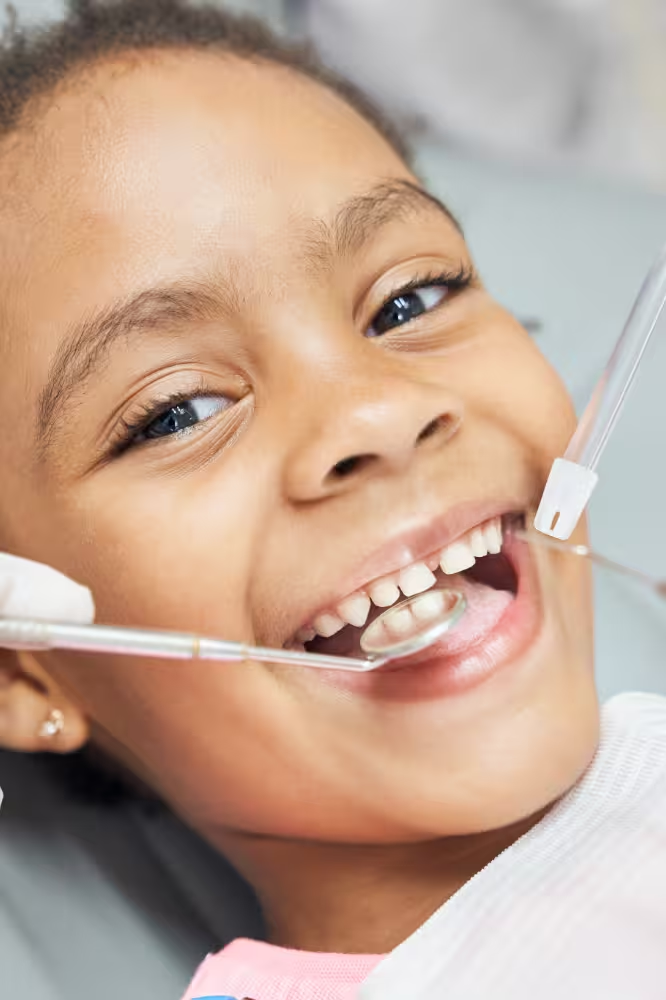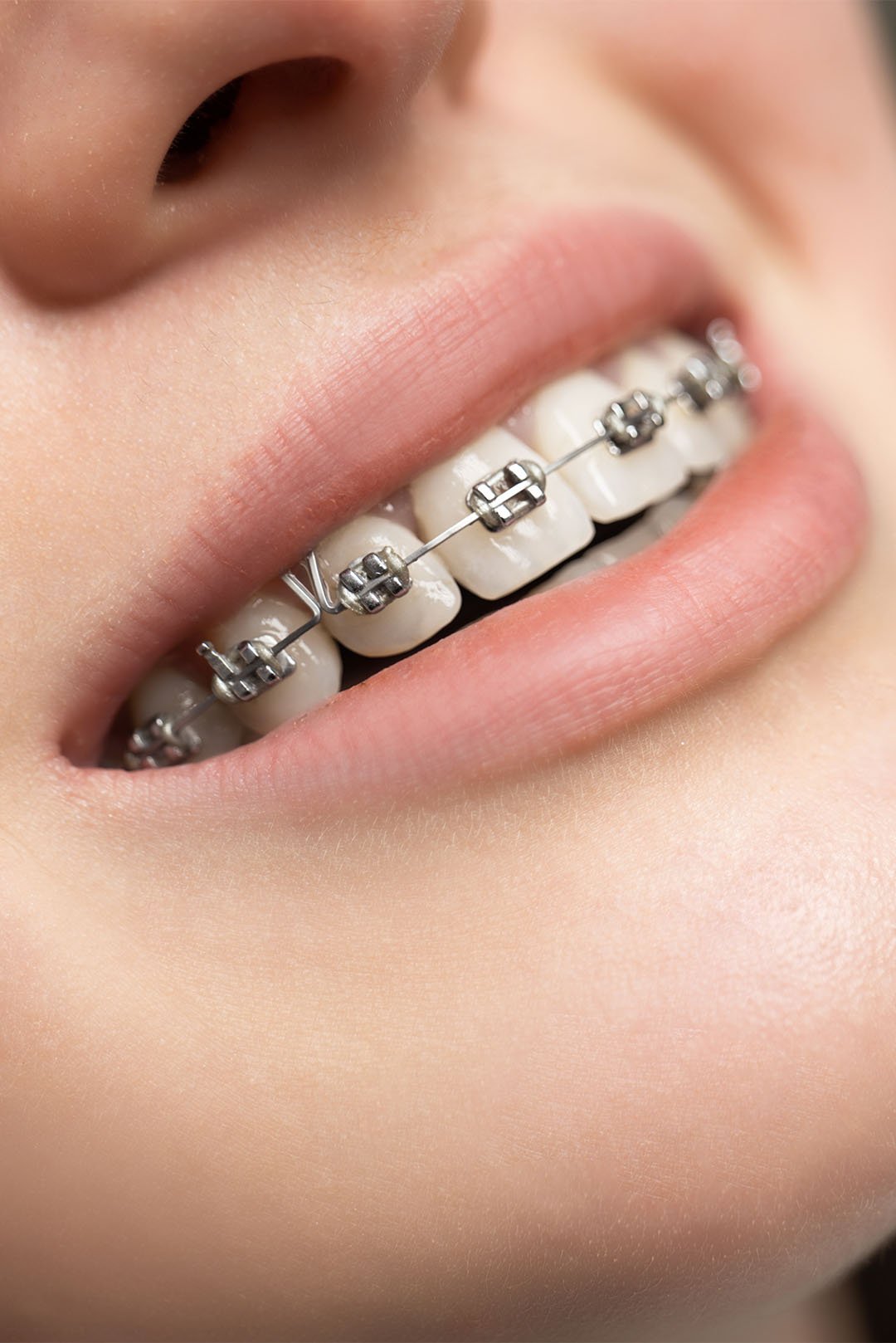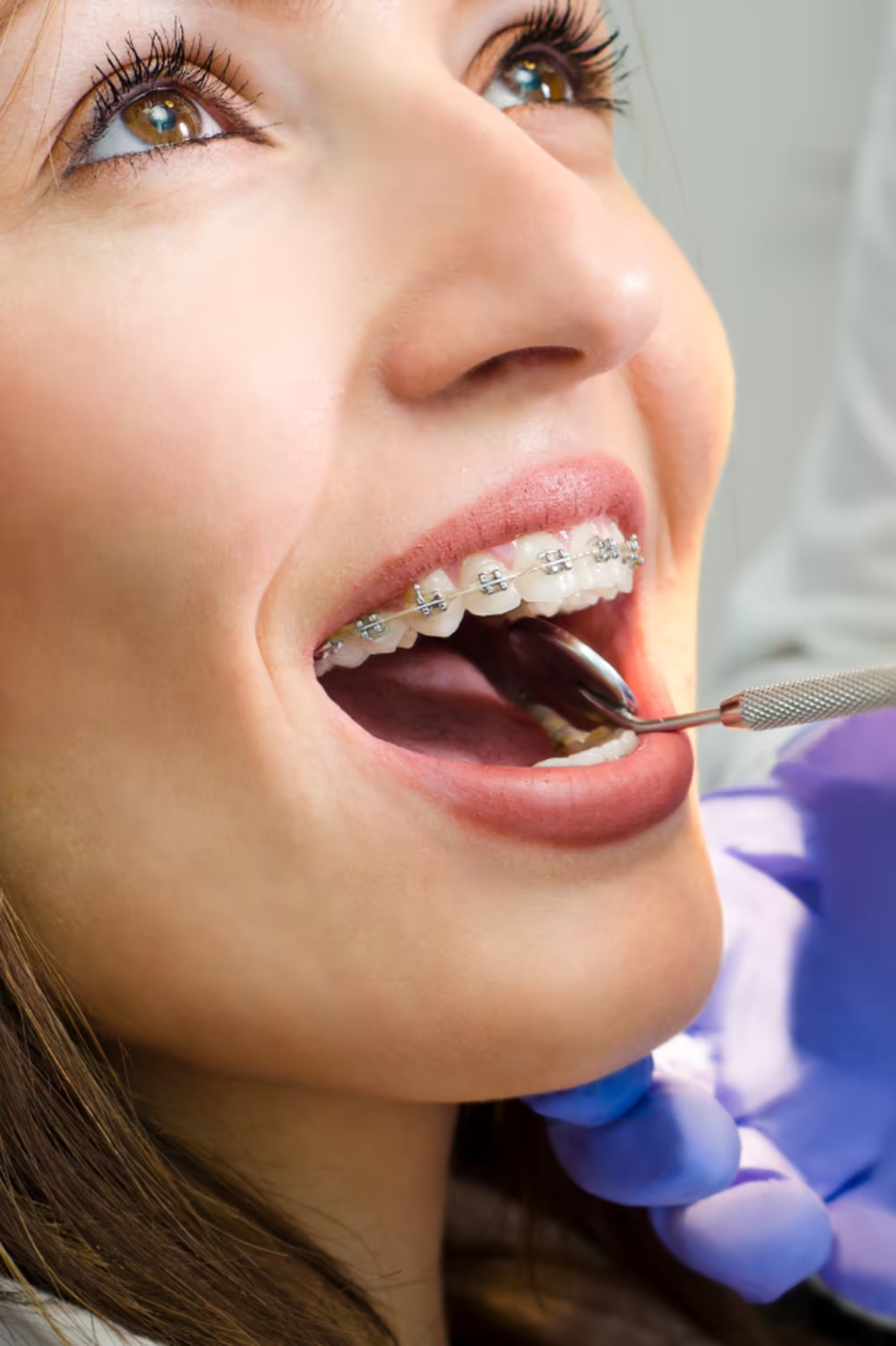General Questions
An orthodontist is a dental specialist who has completed additional years of advanced education beyond dental school. They are experts in diagnosing, preventing, and treating dental and facial irregularities, including straightening teeth and aligning jaws.
Treatment times vary on a case-by-case basis, but the average time is from 1 to 2 years. Actual treatment time can be affected by rate of growth and severity of the correction necessary. Treatment length is also dependent upon patient compliance. Maintaining good oral hygiene and keeping regular appointments are important in keeping treatment time on schedule.
Orthodontic treatment is generally not painful, though some discomfort may be experienced when braces are first applied or after adjustments. This discomfort usually subsides within a few days and can be managed with over-the-counter pain relievers.
Yes. Regular dental check-ups and cleanings are essential during orthodontic treatment. Your general dentist and orthodontist work together to ensure your teeth remain clean, healthy, and free of cavities throughout the process.
West County Orthodontics is proud to serve patients from throughout the St. Louis region. While our office is located in Chesterfield, MO, we regularly welcome patients from Ballwin, Kirkwood, Ellisville, Winchester, Clarkson Valley, Wildwood, Town and Country, and Creve Coeur. Whether you’re nearby or coming from a neighboring community, we’re committed to making expert orthodontic care accessible and worth the trip.


Who We Treat
Children
Orthodontic treatment can begin at any age. Many issues are easier to correct if they are detected early, before jaw growth slows. Early intervention may prevent more serious complications or the need for surgery. The American Association of Orthodontists recommends that every child have an orthodontic evaluation by age 7, or earlier if recommended by a dentist, physician, or parent.
Phase I, or early interceptive treatment, is performed while a child still has baby teeth. Its goal is to address problems related to jaw growth, spacing, or bite alignment early on. This may reduce the need for more extensive treatment later or shorten Phase II treatment in the teen years.
Teens
The ideal time for a teen to begin orthodontic treatment is typically between the ages of 12 and 16. By this age, most permanent teeth have erupted, and the jaw is still growing, allowing for optimal correction of bite and alignment issues.
Both are effective options. Traditional braces are often better for complex cases, while clear aligners are a popular choice for teens who want a more discreet, flexible treatment option. The best choice depends on the teen’s specific needs and lifestyle.
Phase II treatment is also called comprehensive treatment because it involves full braces when all of the permanent teeth have erupted, usually between the ages of 10 and 16.
Adults
Orthodontic treatment can be successful at any age. Everyone wants a beautiful and healthy smile. Twenty to twenty five percent of orthodontic patients today are adults. Ceramic and lingual braces, along with Invisalign®, offer aesthetic alternatives to metal braces.
How We Treat
Braces
Braces use steady gentle pressure to gradually move teeth into their proper positions. The brackets that are placed on your teeth and the archwire that connects them are the main components. When the archwire is placed into the brackets, it tries to return to its original shape. As it does so, it applies pressure to move your teeth to their new, more ideal positions.
We offer several types of braces, including traditional metal braces, low-profile metal brackets, clear ceramic braces, and self-ligating options. Each has its own advantages, and we’ll help determine which system best fits your needs.
Braces should not interfere with most activities. If you play contact sports, a custom mouthguard is recommended. Musicians may need a short adjustment period, but most are able to continue playing comfortably.
Clear Aligners
For many mild to moderate orthodontic cases, clear aligners like Invisalign or Angel Aligners are just as effective as braces. Success depends on consistent wear — typically 20 to 22 hours per day.
Yes. Clear aligner systems are available for children (Invisalign First) and teens (Invisalign Teen), with special features like eruption tabs and wear indicators to accommodate growing mouths and developing habits.
Other Treatments
TADs are small titanium anchors temporarily placed in the mouth to help move teeth with greater precision. They are especially useful for complex cases and can reduce the need for surgery or headgear.
Yes. Retainers are essential to maintaining the results of your orthodontic treatment. They prevent teeth from shifting back and are typically worn full-time at first, then transitioned to nightly wear long-term.


Financial & Insurance Questions
Many dental insurance plans include orthodontic benefits, especially for children and teens. Coverage amounts vary widely, so we’ll review your specific plan and help you understand what’s included. Our team is happy to assist with filing claims and maximizing your benefits.
Yes. We believe everyone deserves access to high-quality orthodontic care, so we offer flexible, interest-free payment plans. These plans can be tailored to fit your budget, with affordable monthly payments spread across the course of your treatment.
We accept all major credit cards, debit cards, Health Savings Accounts (HSA), and Flexible Spending Accounts (FSA). If you have questions about using these for your treatment, our team is happy to help.
Ask our front office team about current offers or savings options during your consultation.
Even without insurance coverage, we work with patients to find a financial solution that fits their situation. Our in-house payment options and third-party financing partners can help make treatment affordable for individuals and families.